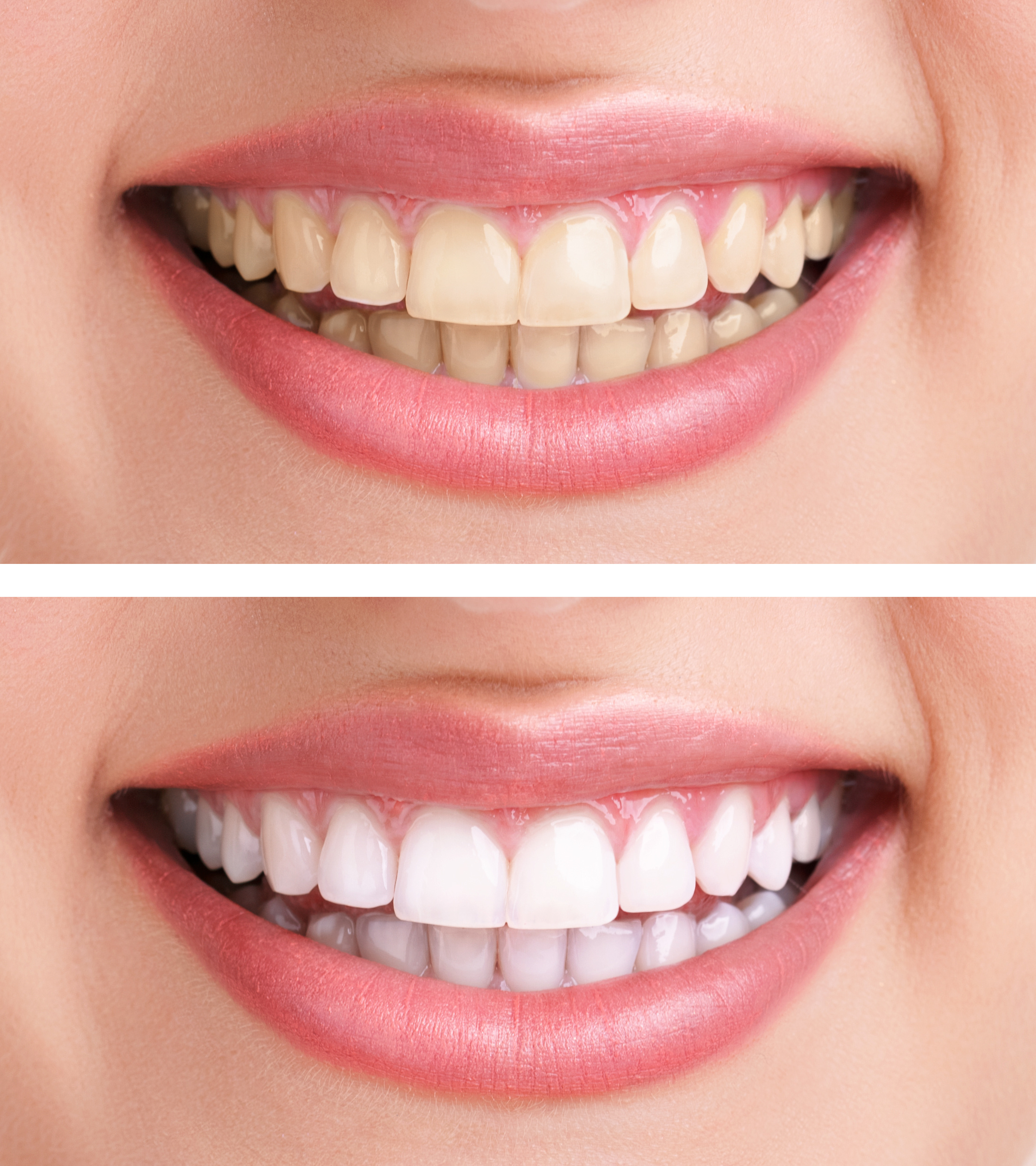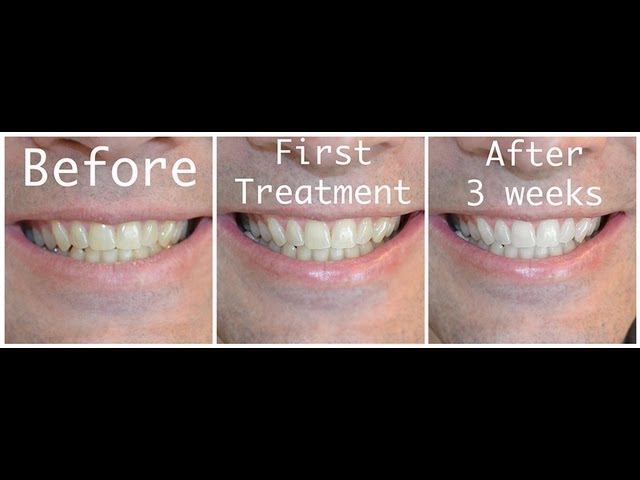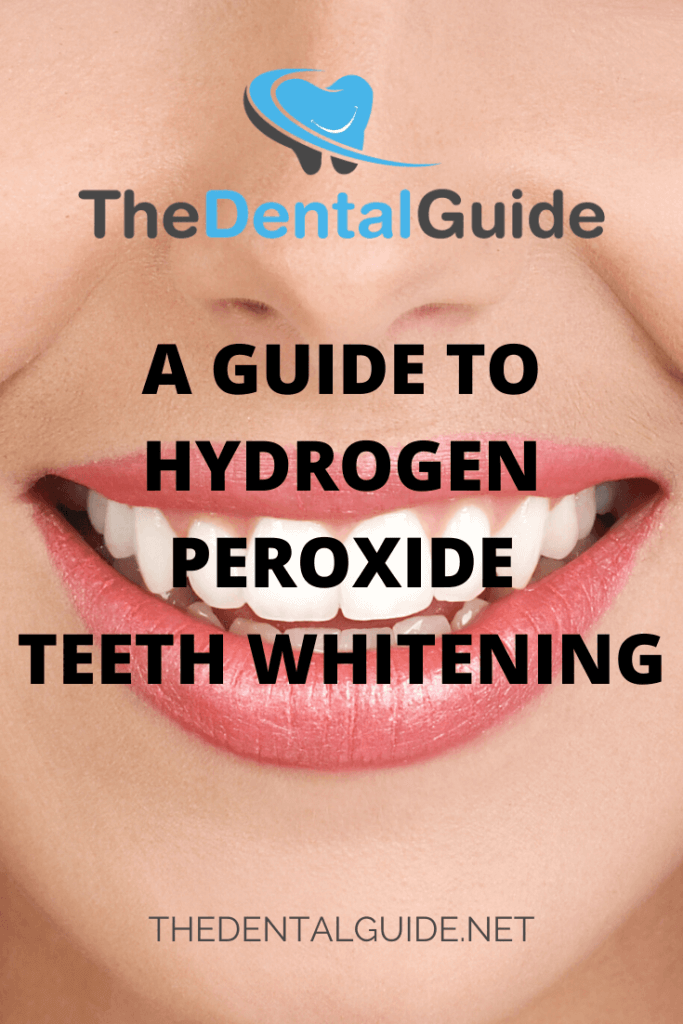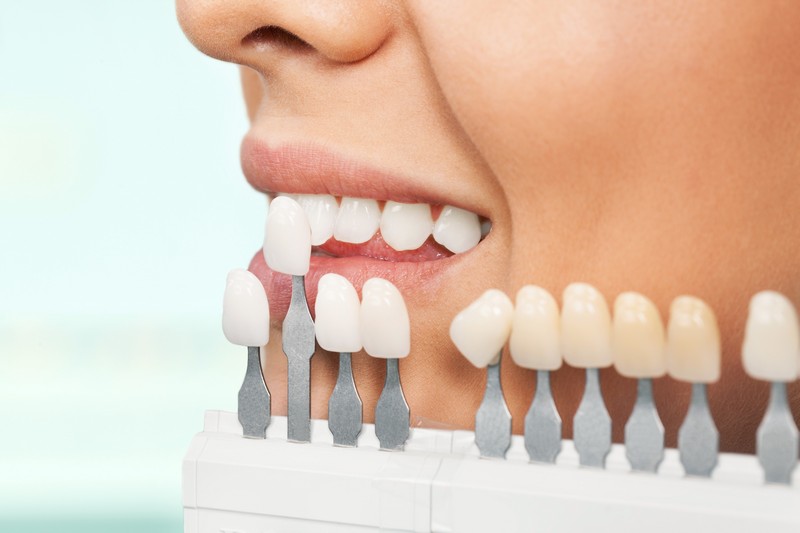Let’s explore the fascinating world of teeth whitening and uncover the crucial role played by hydrogen peroxide. We all strive for a bright, confident smile, but have you ever wondered how those dazzling pearly whites are achieved? The answer lies in the power of hydrogen peroxide. This remarkable compound acts as a gentle yet effective stain remover, breaking down stubborn discoloration and revealing a whiter smile. In this article, we will dive into the science behind hydrogen peroxide’s role in teeth whitening and discover the secrets to achieving a radiant smile.

This image is property of www.longmontcompletedentistry.com.
Introduction
Welcome to a comprehensive guide on using hydrogen peroxide for teeth whitening. If you’re looking to achieve a brighter and whiter smile, hydrogen peroxide can be a powerful ally in your quest. In this article, we will explore what hydrogen peroxide is, how it works to whiten teeth, the different types of teeth whitening products available, potential side effects, effectiveness, safety precautions, and even alternative teeth whitening methods. By the end of this article, you’ll be equipped with all the knowledge you need to make an informed decision about using hydrogen peroxide for teeth whitening.
What is Hydrogen Peroxide?
Hydrogen peroxide is a chemical compound with the chemical formula H2O2. It is a pale blue liquid that appears colorless in its dilute form. Hydrogen peroxide is comprised of two hydrogen atoms and two oxygen atoms, making it a powerful oxidizing agent. It is widely used in various industries, including healthcare, beauty, and household cleaning.
Chemical composition
The chemical formula H2O2 indicates that hydrogen peroxide is composed of two hydrogen atoms bonded to two oxygen atoms. This composition gives hydrogen peroxide its unique properties, including its ability to break down stains and release oxygen.
Common uses
Hydrogen peroxide has a range of uses in our everyday lives. Apart from teeth whitening, it is commonly used as an antiseptic to clean wounds and prevent infections. In addition, hydrogen peroxide is a popular ingredient in hair dyes, disinfectants, and even rocket propellants.
Safety precautions
While hydrogen peroxide has numerous benefits, it is essential to exercise caution when using it. When handling hydrogen peroxide, make sure to wear gloves and protective eyewear to avoid contact with your skin or eyes. Furthermore, always follow the recommended dilution instructions provided on the product packaging to ensure safe usage.

This image is property of i.ytimg.com.
How Does Hydrogen Peroxide Whiten Teeth?
Now that we understand what hydrogen peroxide is, let’s dive into how it works to whiten teeth. Hydrogen peroxide exerts its whitening action through a combination of bleaching, stain breakdown, and oxygen release.
Bleaching action
Hydrogen peroxide acts as a bleaching agent by breaking down the chemical bonds that hold the stains together on your teeth. This bleaching effect helps to lighten the color of your teeth and remove discoloration caused by factors such as coffee, tea, tobacco, or aging.
Breaking down stains
In addition to its bleaching action, hydrogen peroxide is also effective at breaking down the molecular structure of stains and debris on the tooth surface. It penetrates the enamel and dentin layers, allowing it to reach and remove deep-rooted stains.
Oxygen release
One of the unique properties of hydrogen peroxide is its ability to release oxygen when it comes into contact with organic compounds. This oxygen release helps to break down stains and debris, leaving your teeth looking cleaner and brighter.
Types of Teeth Whitening Products with Hydrogen Peroxide
There are various types of teeth whitening products available that utilize hydrogen peroxide as a key ingredient. Let’s explore some of the most common ones:
Whitening toothpaste
Whitening toothpaste contains low concentrations of hydrogen peroxide, typically around 1%. It is ideal for everyday use as part of your regular oral hygiene routine. However, it may take longer to see noticeable results compared to other whitening products.
Whitening strips
Whitening strips are thin, flexible strips coated with hydrogen peroxide gel. You apply them directly to your teeth and leave them on for a specified period. Whitening strips are convenient and provide more targeted whitening as they conform to the shape of your teeth.
Whitening gels
Whitening gels are typically applied with a brush or tray and contain higher concentrations of hydrogen peroxide, usually between 3% and 20%. They offer greater effectiveness and are often used in conjunction with custom-fitted mouth trays for consistent and even whitening.
Whitening pens
Whitening pens are portable and easy to use. They contain a gel with hydrogen peroxide that you apply directly to your teeth. This option is convenient for touch-ups or quick whitening on the go.
Whitening rinses
Whitening rinses are similar to mouthwashes and contain a small amount of hydrogen peroxide. They are swished around in the mouth for a designated time to target surface stains. Whitening rinses can be a good choice for maintaining whitening results and improving overall oral hygiene.

This image is property of www.thedentalguide.net.
Hydrogen Peroxide Concentrations
The concentration of hydrogen peroxide varies depending on the type of teeth whitening product you choose. Understanding the concentration is crucial to ensure both safety and effectiveness.
Over-the-counter products
Over-the-counter teeth whitening products, such as whitening toothpaste, typically contain low concentrations of hydrogen peroxide, usually around 1% or less. They are considered safe for regular use without requiring professional supervision.
Professional treatments
Professional teeth whitening treatments, whether performed at the dentist’s office or under their guidance at home, use higher concentrations of hydrogen peroxide, ranging from 15% to 40%. These treatments provide more immediate and dramatic results but require professional oversight to minimize the risk of side effects.
Potential Side Effects
As with any teeth whitening method, there are potential side effects to be aware of when using hydrogen peroxide. While these side effects are generally mild and temporary, it’s important to understand them to make an informed decision.
Tooth sensitivity
One of the most common side effects of teeth whitening using hydrogen peroxide is temporary tooth sensitivity. This sensitivity occurs when the hydrogen peroxide penetrates the enamel, temporarily weakening it and exposing the underlying dentin. It typically subsides after completing the whitening treatment.
Irritation of the gums
Excessive or improper application of hydrogen peroxide-based whitening products can lead to gum irritation. It may cause redness, swelling, or soreness. To prevent this, be careful not to apply the product directly to your gums and avoid leaving the product on longer than recommended.
Soft tissue damage
In rare cases, hydrogen peroxide can cause soft tissue damage if it comes into prolonged contact with the gums or other oral tissues. This can manifest as chemical burns or blisters. Following product instructions and using the appropriate concentration minimizes the risk of soft tissue damage.
Potential for chemical burns
Using high concentrations of hydrogen peroxide or leaving whitening products on for longer than instructed can increase the risk of chemical burns to the gums and other oral tissues. It is crucial to follow the instructions provided and avoid overusing any teeth whitening product.

This image is property of dentalsmilesatdacula.com.
Effectiveness of Hydrogen Peroxide in Teeth Whitening
Numerous studies and research have demonstrated the effectiveness of hydrogen peroxide in teeth whitening. However, it is worth noting that individual variations, including the type of staining, the concentration used, and the duration of the treatment, can impact the results achieved.
Studies and research
Research has shown that hydrogen peroxide effectively whitens teeth by breaking down stains and lightening their color. Clinical studies have also demonstrated its efficacy in comparison to placebo or non-whitening treatments.
Individual variations
Different individuals may respond differently to hydrogen peroxide-based teeth whitening. Factors such as the initial shade of your teeth, the severity of staining, and your oral health habits can influence the results you achieve. It’s important to manage your expectations and consult with a dentist for personalized guidance.
Safety Precautions and Recommendations
To ensure a safe and successful teeth whitening experience with hydrogen peroxide, it is crucial to follow certain safety precautions and recommendations.
Consultation with a dentist
Before starting any teeth whitening treatment, it is advisable to consult with a dentist. They can assess your oral health, identify any contraindications, and recommend the most suitable whitening approach for you.
Following product instructions
Always read and follow the instructions provided with the teeth whitening product you choose. This includes the recommended duration of use, application techniques, and any precautions specific to that product.
Avoiding excessive use
While hydrogen peroxide can effectively whiten teeth, it’s important not to overuse it. Excessive use can lead to tooth sensitivity, gum irritation, and other potential side effects. Follow the recommended treatment duration and avoid extending treatments beyond what is necessary to achieve your desired results.
Monitoring for adverse reactions
During teeth whitening, it is essential to monitor your mouth for any adverse reactions. If you experience severe or prolonged tooth sensitivity, gum irritation, or other unexpected symptoms, discontinue use and consult a dental professional.
Professional vs. at-home treatments
Consider the benefits of professional teeth whitening treatments performed under the guidance of a dentist. They can ensure optimal results while minimizing the risk of side effects. At-home treatments can be effective, but professional supervision can provide added safety and efficiency.

This image is property of i.ytimg.com.
Alternative Teeth Whitening Methods
If you’re looking for alternative teeth whitening methods, there are natural remedies and other options you can explore.
Natural remedies
Some natural remedies for teeth whitening include using baking soda, lemon juice, or oil pulling with coconut oil. While these methods have gained popularity, it’s important to note that scientific evidence supporting their effectiveness is limited. Consult with a dentist before trying any natural remedies.
Activated charcoal
Activated charcoal is another alternative teeth whitening option gaining popularity. It is believed to absorb stains and toxins from the teeth. However, its long-term effects on tooth enamel and oral health are still being studied, and professional guidance is recommended.
Baking soda
Baking soda, when used in limited amounts and under dental supervision, can help in removing surface stains. However, it is abrasive and should be used with caution to prevent enamel erosion.
Oil pulling
Oil pulling involves swishing oil, such as coconut or sesame oil, in the mouth to remove plaque and stains. While it may offer some benefits for oral health, scientific evidence supporting its effectiveness as a teeth whitening method is limited.
Conclusion
In conclusion, hydrogen peroxide has a significant role in teeth whitening. From its bleaching action and stain-breaking capabilities to its oxygen-releasing properties, hydrogen peroxide has become a popular ingredient in various teeth whitening products. Understanding the different types of products and their concentrations, as well as potential side effects, effectiveness, and safety precautions, is essential for achieving the desired results while minimizing risks. Consulting with a dentist and following product instructions are key steps in ensuring a safe and successful teeth whitening experience. Remember, maintaining good oral hygiene practices and regular dental check-ups are vital to maintaining a healthy, beautiful smile.